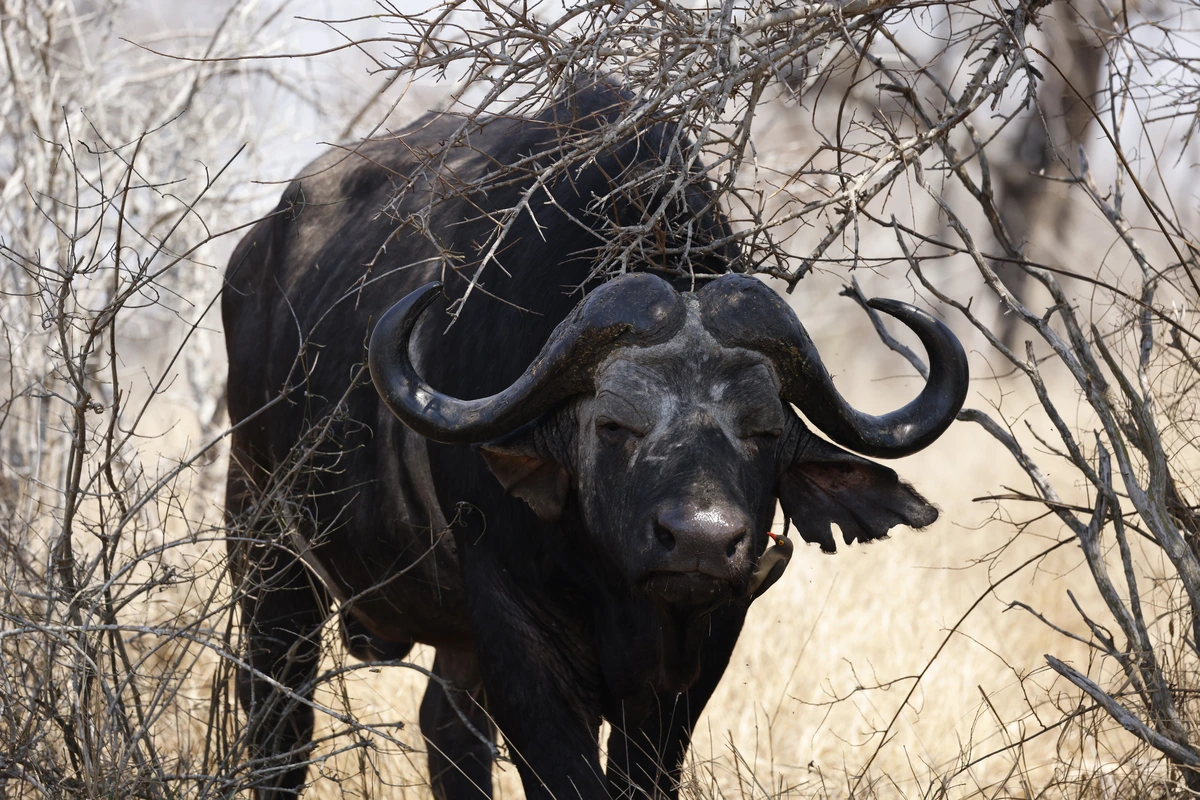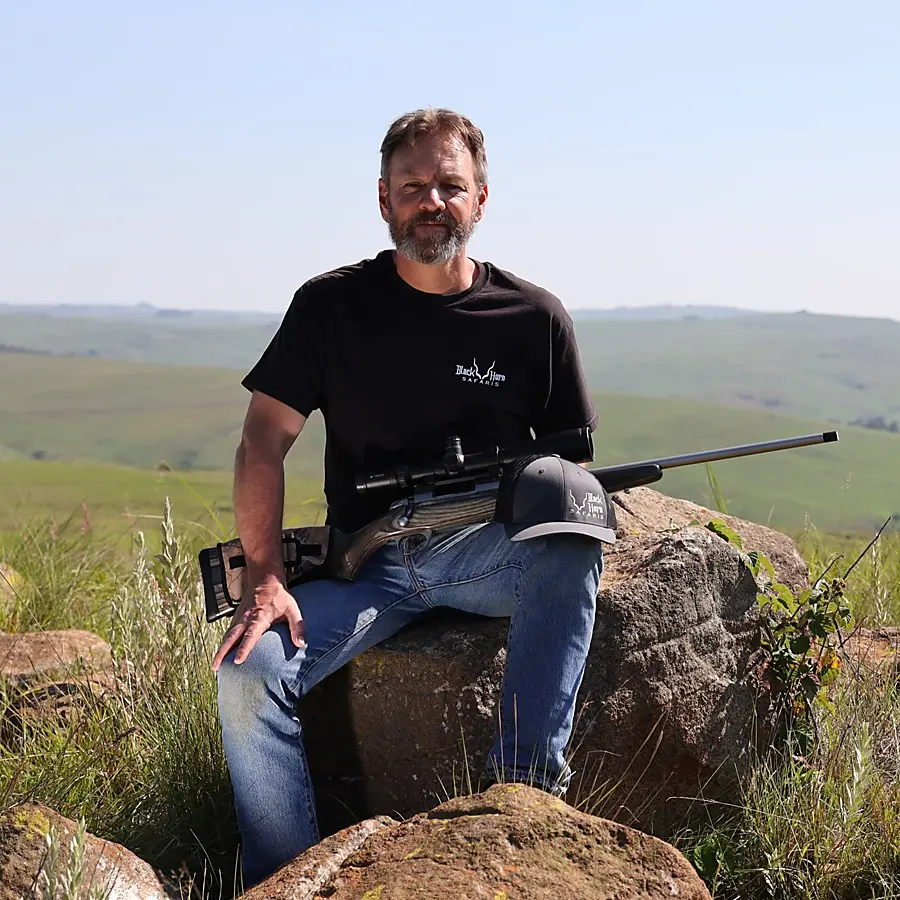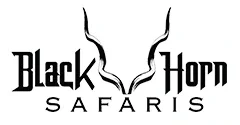
Bow hunting Cape Buffalo is an exhilarating and challenging experience for many hunters. However, it is crucial to understand what happens when a Cape Buffalo is wounded during a bow hunt in South Africa. In this article, we will explore the consequences of a bad shot on a Cape Buffalo, the potential dangers involved, and the ethical considerations that every bow hunter should keep in mind.
The Power and Resilience of Cape Buffalo
Cape Buffalo, also known as African Buffalo and “Black Death”, are among the most formidable and dangerous animals to hunt. They are known for their incredible strength, agility, and aggression. When wounded, Cape Buffalo can become highly unpredictable and pose a significant threat to both the hunter and those nearby.
Reaction to Wounding
When a Cape Buffalo is wounded by an arrow, its initial reaction may vary. Some Cape Buffalo may flee immediately, attempting to distance themselves from the source of their injury. Others might charge aggressively towards the perceived threat, including the hunter. It is essential for hunters to be prepared for either scenario.
Potential Dangers
Aggressive Charges:
A wounded Cape Buffalo can charge at incredible speeds, covering a significant distance in a matter of seconds. These charges are often unpredictable, making it challenging for hunters to react swiftly and effectively.
Goring and Trampling:
Cape Buffalo possess sharp and strong horns, capable of inflicting serious injuries. Once wounded, they may become more aggressive, increasing the likelihood of goring or trampling the hunter or anyone in close proximity.
Infections and Disease:
An arrow wound increases the risk of infection for both the Cape Buffalo and the hunter. Cape Buffalo carry various diseases, such as bovine tuberculosis, brucellosis, and foot-and-mouth disease, which could be transmitted through open wounds.
Ethical Considerations
As ethical hunters, it is our responsibility to ensure a quick, clean, and humane kill. However, even the most skilled hunters may occasionally make imperfect shots, resulting in a wounded Buffalo. In such situations, the following factors must be considered:
Tracking and Recovery:
After wounding a Cape Buffalo, it is crucial to give the animal enough time to bed down and expire, leave the animal for a minimum of two hours. Rushing to track the wounded animal immediately may lead to boosted levels of adrenaline and an increased risk of dangerous encounters. Tracking should be done cautiously, following blood trails and other signs of the wounded animal’s movement.
Professional Guides and Equipment:
This is where your experienced Professional hunter who understands the behavior and anatomy of Cape Buffalo earns his money. Your Professional Hunter will have a dangerous game rifle with him. While the intention is to kill the Buffalo with your bow, if the situation becomes dangerous the PH will put the Buffalo down to preserve the safety of the hunting party.
Additionally, using high-quality bow hunting equipment, such as a well-tuned bows, razor-sharp broad heads, and appropriate arrows, can increase the chances of a clean kill and minimize the risk of wounding. Read more on what makes up the ideal bow setup for Buffalo.
Practice and Skill:
Bow hunters should invest time and effort into developing their skills through regular practice. Consistent accuracy and proficiency with a bow can significantly reduce the chances of wounding an animal and increase the likelihood of a successful hunt.
Proper Shot Placement
To reduce the chances of wounding a Buffalo you need to know exactly where the vital organs are from every angle. Proper shot placement will put the animal down in a matter of minutes.
Aftermath and Follow-up
Following up a wounded Buffalo is an extremely dangerous process. The animal will normally go and lay up in a patch of thick bush and wait for the hunter to come along, the possibility of a charge is then very real. If there is an opportunity to put another arrow in and secure the Buff move around to the back side of the animal and make sure that your arrow is well placed.
Conclusion
Bow hunting Cape Buffalo can be a thrilling adventure, but it is vital to understand the possible consequences when a wounded animal is involved. The power and resilience of these magnificent bovines mean that caution, preparation, and ethical considerations are paramount. By respecting the potential dangers, practicing diligently, and prioritizing clean kills, bow hunters can minimize the risk of wounding and contribute to the responsible hunting of Buffalo. Should things go wrong you may get more excitement from your African hunting safari than you bargained for.
FAQ’s Frequently Asked Questions
What should I do if I wound a Cape Buffalo during a bow hunt?
When you wound a Buffalo during a bow hunt, it is essential to remain calm and patient. Allow the buffalo some time to bed down and expire. Rushing in too soon may result in a dangerous encounter. Once you are confident that the buffalo has expired, approach it cautiously and be prepared for any signs of movement.
How can I track a wounded Cape Buffalo?
Tracking a wounded Buffalo requires careful observation and following blood trails. Look for signs of blood, broken branches, or disturbed vegetation. Take note of the direction of travel and any other relevant clues that may lead you to the wounded animal. It is advisable to let the professional tracker or experienced hunting guide do their job when tracking a wounded buffalo.
Is it safe to approach a wounded Cape Buffalo?
Approaching a wounded Cape Buffalo is extremely dangerous and should be done with extreme caution. Even when injured, Buffalo can still pose a significant threat to your safety. Maintain a safe distance and be prepared for any sudden movements or charges. Do not get in the way of the professional hunter if he needs to fire a shot you to ensure your safety.
What should I do once I find the wounded Cape Buffalo?
Once you locate the wounded Buffalo, it is important to assess the situation before taking any further action. Ensure that the buffalo is no longer a threat and approach it cautiously. If the buffalo is still alive, it is advisable to administer a follow-up shot to humanely end its suffering. Always prioritize safety and consult with your guide or professional before taking any action.

Adrian Anderson first obtained his Professional Hunters license in 1991. He is a Big Five and Dangerous Game licensed Professional Hunter and Hunting Outfitter. He has a tremendous love for wildlife and the African bush and enjoys sharing his knowledge with the hunting clients that he guides. Guiding hunters in Africa’s wild places is a passion and seeing them succeed with their goals brings satisfaction. With knowledge of the Safari industry built up over 32 years he is well qualified to give guidance to his hunting clients.
